
Tag Archives University of Saskatchewan
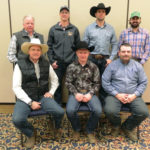
Canadian Gelbvieh Association elects new board
Purely Purebred with Mike Millar: News about you from the February 2017 issue of Canadian Cattlemen

Which bull sired that calf?
Parentage testing in multi-sire pastures goes under the microscope
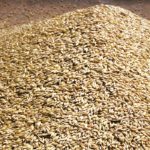
Barley variety and silage quality
Research on the Record with Reynold Bergen
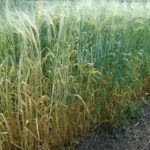
Cut cereal crops later, feed more cows
Support for cutting barley, oat crops at the hard-dough stage grows
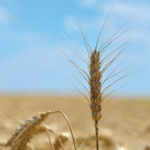
Barley research gets a boost
News Roundup from the October 24, 2016 issue of Canadian Cattlemen

Intranasal vaccines get around maternal antibodies
Animal Health: Maternal antibodies unpredictable

Friends of Canadian Simmental Foundation auction raises $100,000
Purely Purebred with Mike Millar: News about you from the September 2016 issue of Canadian Cattlemen
Forage advocates gather in Saskatchewan
Forage: News Roundup from the September 2016 issue of Canadian Cattlemen
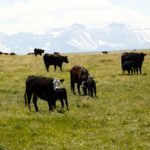
Deadly cattle condition called fog fever returns to the Prairies
Cases of fog fever, a type of pneumonia that causes severe cattle mortality, have been recently diagnosed in Alberta

Toe tip necrosis syndrome in cattle
Research on the Record with Reynold Bergen



